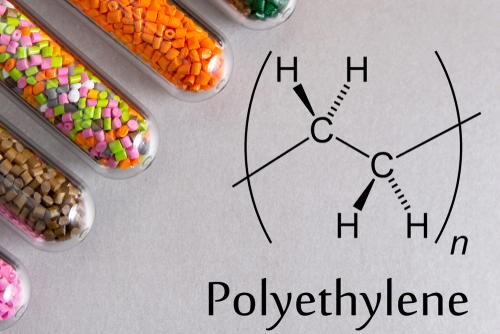The history of plastics
The history of plastics, or rather the production of plastics, is very extensive and varied. Today, plastic is much closer to us in our everyday lives than we are aware of. However, several hundred years passed before plastic became the material it is today after its discovery.?
The discovery of plastic is a long time ago. The development of plastic began with natural materials that had plastic properties. Resins, for example, are considered the precursors of the plastics used today. Birch trees therefore provided the first plastic in human history. The basic material was birch pitch obtained from birch bark by dry distillation. Over 5000 years ago ?TZI the glacier man made his arrowheads with birch pitch. This material was extracted from tree bark. But from plastic, which we know today, it was still as we know it thousands of years ago.
In the modern history of plastics, the Belgian-American chemist Leo Hendrik Baekeland is considered a pioneer in plastics. He began experimenting with various substances in 1907 and made history with the discovery of the first completely synthetic plastic. The breakthrough came with ""Bakelite"" - today a registered trademark of Hexion GmbH - the first plastic produced in large quantities.
Ever since mankind started to produce plastic on a large scale in the 1950s, the trend has been on the increase. Plastics experienced an unpredictable bloom and became successful products. More and more plastic is needed every year - for cars or airplanes, for example, as well as for use in houses and households.
In the further course of history, more and more products were made of plastic. Whereas in 1950, just under two million tonnes of plastics were consumed worldwide, this figure rose to 300 million tonnes by 2014.

The following plastics are mainly used today:
Thermoplastics
PE Polyethene : Plastic bags, buckets, films, tubes, PE foams etc.
PP Polypropene : disposable cups, yoghurt cups, shoe heels ecc.
PS Polystyrene : disposable cups, yoghurt cups, pens, polystyrene etc.
PVC polyvinyl chloride: Floor coverings, cable sheathings, PVC curtains, hoses etc.
PA polyamide: dowels, fishing line, nylon, etc.
PMMA polymethyl methacrylate: car taillights, PMMA glazing, Plexiglas, etc.?
Thermosets
MF Melami formaldehyde resin (phenoplastics): cooking utensils, furniture surfaces, insulating materials, melamine foams Basotect, ecc.?
PUR polyurethane: mattresses, joint sealing, thermal insulation, foams.?PUR lamellas ecc.?
Vulcanised rubber (rubber): rubber seals, car tyres, rubber hoses, rubber bellows, ecc.
Nowadays, people cannot imagine life without plastics and they are of great importance to people. Plastics help to make our lives safer, more pleasant and cleaner. Plastics are used almost everywhere and replace other materials like metal, wood, glass ecc.
Plastics are used in all occupational sectors and will become even more important in the future through additive manufacturing (3D printing, rapid prototyping).

